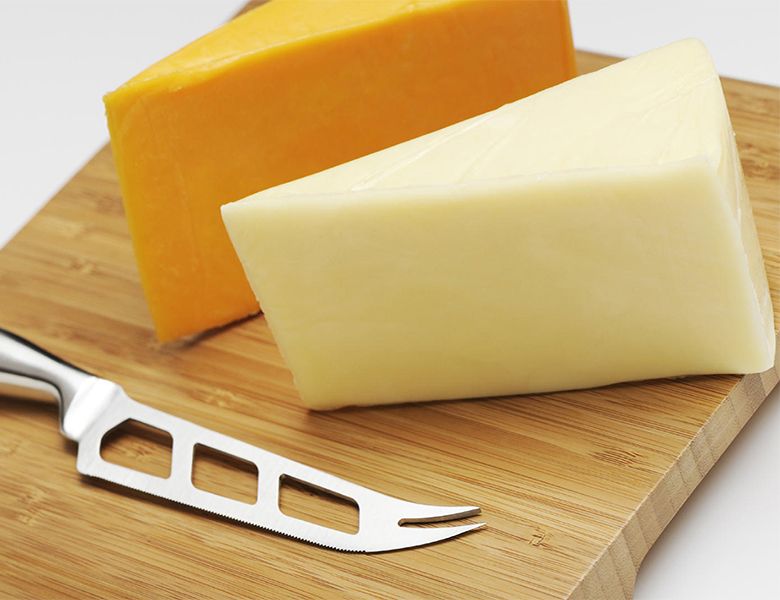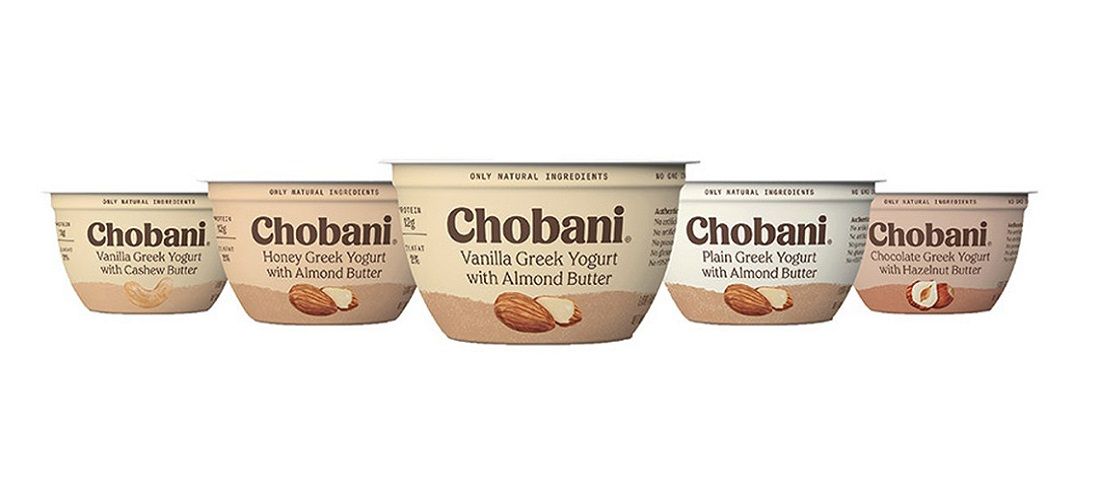- آتاماد
- The production of Cheddar cheese (First part)
The production of Cheddar cheese (First part)

- | user2 |
- Viewer: 1857
The production of Cheddar cheese (First part), Cheddar is a very popular cheese and is probably one of the most consumed cheese type worldwide.
Cheddar has it origin in Somerset in England were it has been produced since the middle ages. Cheddar cheese were traditionally produced as large cylindrical shaped loafs with a weight of around 30 kg but nowadays in the modern industrial process the cheese is instead formed into rectangular blocks to facilitate the handling of the cheese. A cheddar cheese has a long shelf life and the colour of the cheese may range from white or ivory to light yellow or orange. The cheese does not possess any surface flora and are available for consumers to buy both with and without a rind. The manufacturing of cheddar is a quite complex process and it includes many manufacture steps and unit operations, each of them influence the final characteristics of the product. See figure 1 for an overview of the process.
Characteristics of cheddar cheese
Cheddar is a ripened cheese that consists of approximately 55% of moisture on a fat free basis (MFFB) which classifies the cheddar as a hard cheese. Due to the use of homo-fermentative starter cultures the cheddar cheese does not possess any gas holes which provides the cheese with a closed structure. The texture of cheddar is firm and short, in other words the consistency of the cheese is a bit stiff and nearly crumbly. There are many factors that affect the consistency of the cheddar cheese. Two of these factors are the production steps of cheddaring and the addition of salt to the cheese curd before the cheese is pressed. These two production steps are considered to be very characteristic for the production of cheddar-types cheese and both procedures have an effect on the texture of the cheese. The cheddaring affects the structure of the cheese by making the closed structure of the cheese more enhanced due to the removal of entrapped air from the cheese. The addition of salt to the cheese curd on the other hand affect the consistency of the cheese as the salt content has an impact on the firmness of the cheese. The salt content in a cheddar cheese should be between 1,75-1,95% as a lower salt content gives the cheese too soft consistency whereas a higher salt content gives the cheese too hard consistency. The pH is also a parameter that has a clear effect on the texture of the cheddar cheese. Traditional cheddar has a pH of around 4,9 but nowadays there are cheddars present with a pH up to 5,3. The higher the pH the softer the texture of the cheese becomes.
Selection of milk
The composition of the cheese milk determines the property of the cheese especially the content of fat, protein, calcium and pH.
Pasteurization
Cheddar cheese can be made both from raw or heat treated milk. Cheddar from raw milk develops cheddar flavour soon whereas cheddar from pasteurized milk takes comparatively double time to reach to cheddar characteristics.
For Cheddar Cheese heat treatment (temperature) /time is ussually 72-73 oC/15-20 seconds. This is enough for eliminating pathogenic organism that exist in the raw milk, and it is enough to inactivate alkaline phosphatase. Pasteurization is very important parameter and it is recommended to be highly controlled for mainly two reasons.
Starter culture
High amount of starter culture is need because of fast acidification required in cheddar making. Selection of the appropriate starter culture is crucial in cheddar making since the heat resistant and less Co2 production of less required feature of the acidification processes in cheddar making.
Several requirements need to be achieved by adding starters. It is very important that starter has characteristics such as: phage resistant, quick acid production and rapid grow. The most often a mixture of single strains is used in order to satisfy all the demands. Another characteristic is that the culture should not produce bitterness in the cheese.
Find out more
You are welcome to contact us for more information.
By,
ATAMAD technical support sector
Reference:
Nassar, Khaled & Lundin, Josefin & Iordache, Flavian & Hailu, Yonas & Kide, Mengistu. (2015). The production of Cheddar cheese.. 10.13140/RG.2.1.4958.2801.
GET IN TOUCH
Copyright © 2023 Atamad.com All right reserved
Website design and SEO services by Seohama team – Web hosting by Sarverhama
Copyright © 2023 Atamad.com All right reserved
Website design and SEO services by Seohama team – Web hosting by Sarverhama







